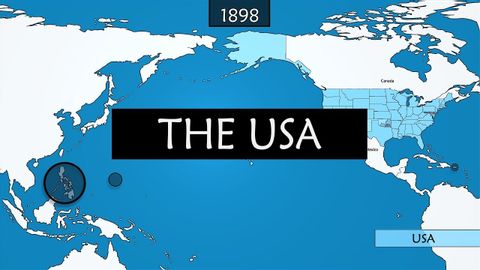
Subtitles & vocabulary
The United States of America - summary of the country's history
00
Amy.Lin posted on 2019/11/14Save
Video vocabulary
opportunity
US /ˌɑpɚˈtunɪti, -ˈtju-/
・
UK /ˌɒpə'tju:nətɪ/
- Noun (Countable/Uncountable)
- Time, situation when a thing might be done; chance
- A favorable time or occasion for doing something.
A2TOEIC
More native
US /ˈnetɪv/
・
UK /ˈneɪtɪv/
- Noun (Countable/Uncountable)
- Someone from or born in a specific country
- Original inhabitant, e.g. before others
- Adjective
- Caused by natural ability; innate
A2
More poverty
US /ˈpɑvəti/
・
UK /ˈpɔvəti/
- Uncountable Noun
- State of being poor
- Lack of something necessary
B1
More Use Energy
Unlock All Vocabulary
Unlock pronunciation, explanations, and filters
